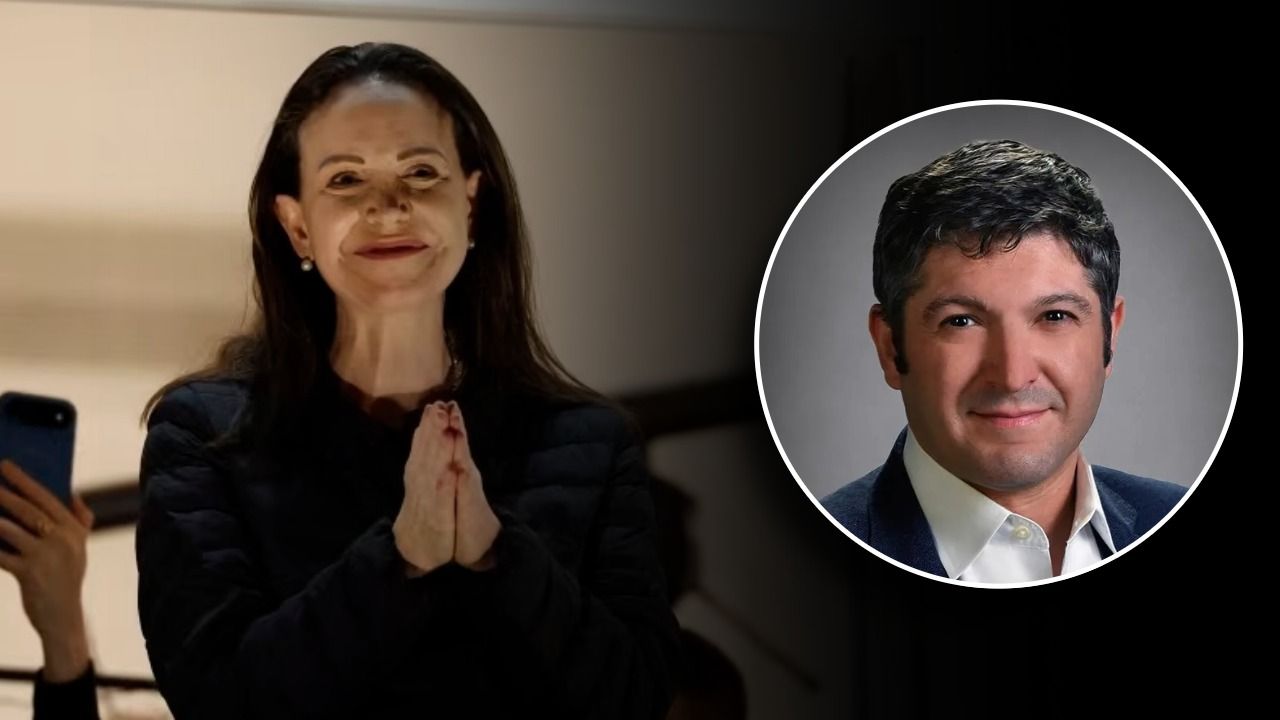By Sarah Schelling Peet, Vice President, Senior Trust Officer, The Bank of Tampa
It is impossible to predict the future, no matter how hard we try. Two years ago, I would never have guessed we would be weathering a global pandemic and all that has occurred as a result. But, professionally, thinking about and planning for the future is a big part of what I do.
As a former estate planning attorney, I created plans for people’s futures. I helped individuals, and families, figure out how they wanted to leave their legacy and drafted wills and trusts to fulfill those wishes. Now, as a trust officer, I work with families who were left these legacies and interpret those documents so that we can utilize trust assets in the way they were intended. Some estates and trusts are more challenging to administer than others, largely in part a result of how well, or how poorly, the plan was drafted.
Take a typical trust for example; the most common language we see is that the trustee is to distribute funds for the beneficiary’s “health, education, maintenance and support.” That sounds simple enough, but what does that mean, really? Doctor’s bills, hospital bills, those seem straightforward enough to fall under “health,” but what about elective plastic surgery? What if the spouse of the beneficiary suffers a life-threatening illness and needs extensive medical care, is the trust able to provide for them?
Education seems pretty straightforward, but what about room and board or a meal plan at school? What if the primary beneficiary has college-aged children of their own; can their education be provided for?
The terms “maintenance and support” can be tricky. Is the trust to provide a monthly stipend for the beneficiary to pay their bills? What if they receive those funds and use them for something else, entirely — and then come back to the trustee asking for more money because they can’t pay rent or a mortgage? There are a lot of tough decisions that trustees often have to make in these cases, and the trustee relies on the plan, the trust document, to guide them in these decisions.
What can make these situations even more challenging is that if all of this comes to the beneficiary as a complete surprise. Beneficiaries who have no idea why a trust was put in place can feel hurt, that perhaps their parent or loved one didn’t trust them with money. Often, the beneficiary doesn’t understand the role of a trust, or a trustee, and how a plan was created to actually benefit them. Whether it be to protect assets from creditors or from being divided in a divorce, or simply so that funds would last for generations, there are many reasons why someone would leave assets in trust. But, if the conversation was never had, the beneficiary feels upset by not knowing “why.”
Oftentimes, people wait too long to plan and something is put together too quickly that doesn’t make sense or doesn’t work properly. Or, worse, they try and form a “do-it-yourself” estate plan to save money, which could end up costing a great deal in attorney’s fees to “fix” once they are gone.
My advice to anyone looking to create an estate plan: think about the “what if’s,” have the difficult conversations with family and spend the money to have a plan done right. Even though we can’t predict what will happen in the future, it doesn’t mean we shouldn’t plan for it.

About the Author
Sarah Schelling Peet serves as vice president, senior trust officer at The Bank of Tampa. She has more than 15 years of experience in trust and estate administration. Peet holds a Juris Doctor from Loyola University New Orleans School of Law, as well as a Master of Laws from Tulane University Law School. Additionally, she is a member of The Florida Bar.
About The Bank of Tampa
The Bank of Tampa is one of the largest community banks in the Tampa Bay area. The bank’s assets total more than $2.6 billion, with outstanding loans greater than $1.5 billion. Its wealth management practice has more than $1 billion total assets under care. To learn more, visit www.thebankoftampa.com.
Disclosures: Trust services are not FDIC insured, not deposits or other obligations of the bank, and may lose value.













